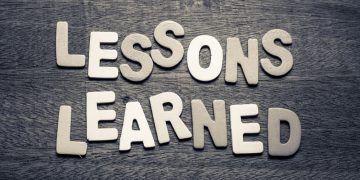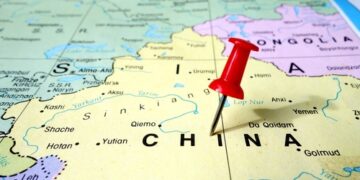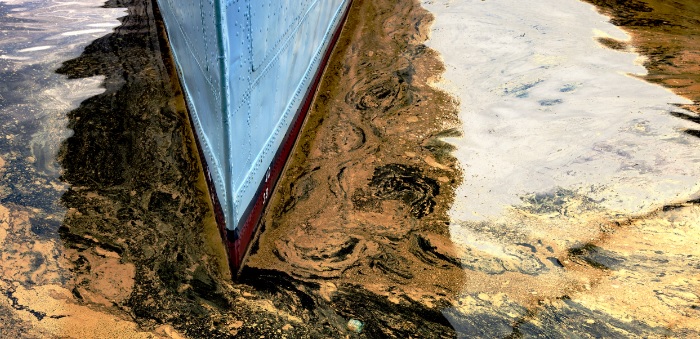Oil pollution is considered one of the most significant damages to the marine environment, mostly due to the nature and composition of oil. Oil pollution can result from oil used to power a ship, as well as from oil carried as cargo, while leakages, as the most common form of oil pollution, occur in large quantities on a regular basis. But how can the industry respond to mitigate this risk?
Double hull tankers have been seen as a measure to minimize oil leakage, while increased controls or the development of marine protected areas worldwide, are some of the solutions aiming to address the issue.
Real Life Accident
In July 1979, during a tropical storm, two oil tankers collided in the Caribbean Sea, off the coast of Tobago. When the accident occurred, the one tanker was en route to Beaumont from Saudi Arabia, while the other was sailing from Aruba to Singapore. Immediately after the accident, both tankers started to leak their cargo and caught fire.
According to reports, around 88.3 million gallons of crude oil was discharged into the sea, making the accident the largest ship-sourced oil spill in the world. Except from this, the collision claimed the lives of 26 crew members as the one tanker exploded shortly after.
Actions to be taken
In order to avoid oil pollution and crew loss, SOPEP/SMPEP procedures are to be followed and mainly:
- Stop cargo, bunkering, all cargo/fuel transfer operations and internal transfer.
- Advice immediately berth operators and harbor authorities;
- Leakage source must be identified and mitigation and repair actions to be implemented immediately;
- Alert immediately P&I local representative and relevant contacts of the IMO MSC-MEPC.6-Circ.16 latest issue.
SQE Marine has prepared a detailed checklist aiming to inform about the necessary actions to be followed, in case of oil pollution.


















































































